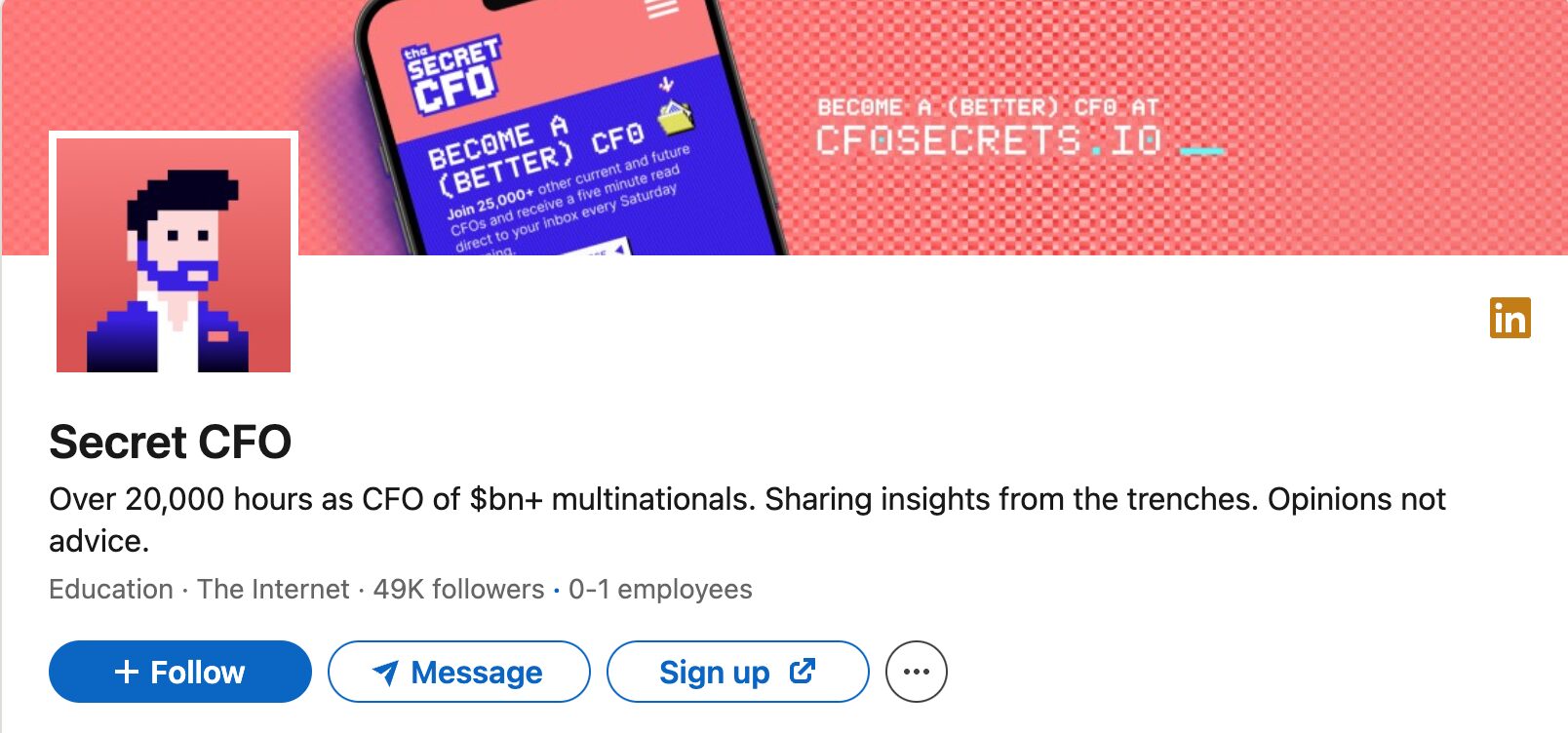My 3 interesting things for you this month…
1. A simple framework to think about the future of AI
As regular readers know, I spend a lot of time thinking and talking about the future of finance, and more specifically AI.
Many people find it a difficult topic to think about because it can be confusing and scary. And others might see it as “just another false technology hope”.
But I came across a really useful framework this month on how to think about AI in the future. It’s an article by Stephen Sinofsky (the former Microsoft executive responsible for Office and Windows) on Automating Processes.
He argues that automation and AI won’t be quite as good as we hope because of the fact there will always be exceptions.
Standardising or automating the core 80% of anything is often easy for things like month end, budgeting, process, even unloading the dishwasher or doing the washing at home.
But it’s always the exceptions that catch us out: how to deal with that one journal or invoice that is unique each month, how to deal with a seemingly random variable, what to do with plastic Tupperware that’s still wet or the stuff that won’t go in the dryer?!
These are the things that mean we can’t fully automate these processes.
This is also why over the last 10 years, RPA (robotic process automation) has never really fulfilled its promise in finance. Too many exceptions!
This led me to thinking about our likely relationship with AI in future. For me, AI won’t take over everything that we do.
Instead, it will help us with the 80% of stuff that is core and standard. The other 20% of things that are unique to each situation will always require us humans.
AI = 80% of time consuming (boring) work
Humans = 20% of IQ consuming (interesting) work
So AI will help us with the most repeatable and standard tasks that take up a lot of our week, leaving us to spend more time on the value add areas. But we will always be needed for the most important stuff.
What are your thoughts on this?
2. How to have difficult conversations
I’ve spent a lot of time over the last 2 weeks working with various clients on having difficult conversations.
- And before I get into it, here are some stats worth sharing:
- 70% of employees avoid difficult conversations at work
- 53% of employees handle toxic situations by ignoring them
- 46% of employees cite differences in personality as the primary cause of conflict
- 40% of employees report that managers fail to engage in honest conversations
- 31% of difficult conversations are related to a colleague’s inappropriate behaviour
- 30% of difficult conversations related to feedback on poor performance
Poor communication costs UK companies £8,000 per employee annually and inefficient communication causes a loss of one workday per week per employee. UK organisations spend £28.8 billion annually on workplace conflict, equating to over £1,000 per employee each year.
There are some simple frameworks out there on having difficult conversations. The SBI (Situation-Behaviour-Impact) model covers the basics of it. And although my clients knew about it already, they weren’t applying it.
So why was this?
There are 2 main reasons why people avoid difficult conversations…
Potential conflict feels uncomfortable. Because we know a conversation might cause disagreement and a hard conversation, we simply avoid it.
The risk of distraction from a small percentage of employees reacting very badly to feedback – if they ‘go nuclear’. This causes lost productivity, stress on the broader team, possible HR involvement, and even a loss of a resource from the team. So again, managers avoid having the conversation at all.
How can we overcome these issues?
1. Servant leadership
Firstly, if you show the employee compassion and understanding, and that the goal is to help them move forward, it will make the conversation much easier.
Secondly, people don’t have the language to deal with challenge as we often aren’t disagreeing directly (especially in finance!). I tried putting some of the specific situations into ChatGPT, and it gave me some really helpful open questions to make progress at the hardest points of the conversation – try this if you’re having trouble knowing where to start.
2. Consider the trade-offs you’re making ahead of a conversation
In the case of employees reacting badly to feedback, the key framework to consider is the trade-offs you are making.
On one hand, you have the benefits of the employee being productive and wanting to be a kind person.
On the other, you have the negative impacts on the team, the opportunity cost of poor performance, and the gradual erosion of your leadership.
If you consider these trade-offs ahead of a conversation, what is the cost benefit?
- At what point does the cost outweigh the benefit?
- What will you do then, and how can you communicate that to the employee?
- What will be your mitigation plan if/when they do ‘go nuclear’, and how can you get ahead of it?
If you’d like more help working through these situations, get in touch.
3. My ‘top’ secret sources
I’m often asked: Oli where do you find all this interesting stuff? Or, where can I go to learn more about a lot of these topics?
Well, I subscribe to a small number of weekly newsletters, alongside following a few people on LinkedIn and a couple of great Instagram accounts.
Why would I share them with you?! Am I giving away my secrets?!
No – I add my own context and finance lens to most of my interesting things in this newsletter. So there’s no reason for me not to share!
Here’s a summary of my favourites…
Newsletters
- Deloitte’s Chief Economist’s Weekly Newsletter – a 3 minute summary of the key economics news and a deep dive each week on a specific current topic, first thing on a Monday morning. I have subscribed to this for YEARS. It’s always helped me stay on top of the most important macro-economic trends, and be articulate about the most important topics.
- Rahim Hirji’s Box of Amazing – this newsletter hits my inbox each Sunday morning, with a curated list of the most interesting tech, AI and related society impact articles of the week. Usually 5 current things, and 5 future things. I don’t read all of them every week, but there have been some exceptional articles over the years. This has definitely helped me stay on top of the biggest topics of the week.
- Benedict’s Newsletter by former A16Z executive Ben Evans. In his own words, Ben ‘picks out the changes and ideas you don’t want to miss in all the noise, and gives them context and analysis’. Context is key here. Ben curates the articles, but mainly provides an excellent strategic take on key news events in the world of tech. Similar to Box of Amazing, but more opinion and a bigger VC focus. This is great for big ideas (that I then try to think about the impact on finance), and a more balanced roundup of where the world of AI is headed.
- Chartr’s 3 times per week news email – this one’s probably a hybrid of all 3 of the above with one extra big benefit: fantastic charts! My longer-time readers will know that I have posted some of the best chart examples here in the past. I love to use the data in Chartr’s emails, but the charts also really bring concepts to life. If you want to learn to chart well, look no further! Sign up here (note – I only subscribe to the middle option Chartr).
- Over on LinkedIn, I love Adam Shilton‘s content. Adam spends all his time thinking about AI and tech, specifically for finance. He also has a huge focus currently on productivity, so I’ve been really enjoying the techniques he’s been sharing. Adam is building out some really great content around the latest AI models and approaches, so expect some exceptionally good content into 2025.
- I also find Secret CFO‘s content excellent – and he has a great accompanying weekly newsletter. He brings a highly practical approach for thinking about being a great CFO. For anyone on the journey to senior leadership, this is well worth a follow.
- For anyone in the SAAS world, Ben Murray also has some great stuff.
- This one is a relatively recent follow for me, Ruben Hassid shares some practical thoughts on using AI. Note – he also talks quite a bit about growing a base on LinkedIn, which is less interesting for most, but the AI content is excellent when it goes up.
- The Evolving AI account with over 2M followers regularly posts the first videos of new AI launches.
- I also get lots of bitesize tech news and reviews from The Verge.
- And TechCrunch
Finally, here’s the most useful post I’ve seen in ages on Instagram 8 ChatGPT prompts to improve how you work.
If you do go and follow any of the above, let me know what you think!
Want more insights?
Sign up to my interesting things newsletter here to get tips like this and more.


